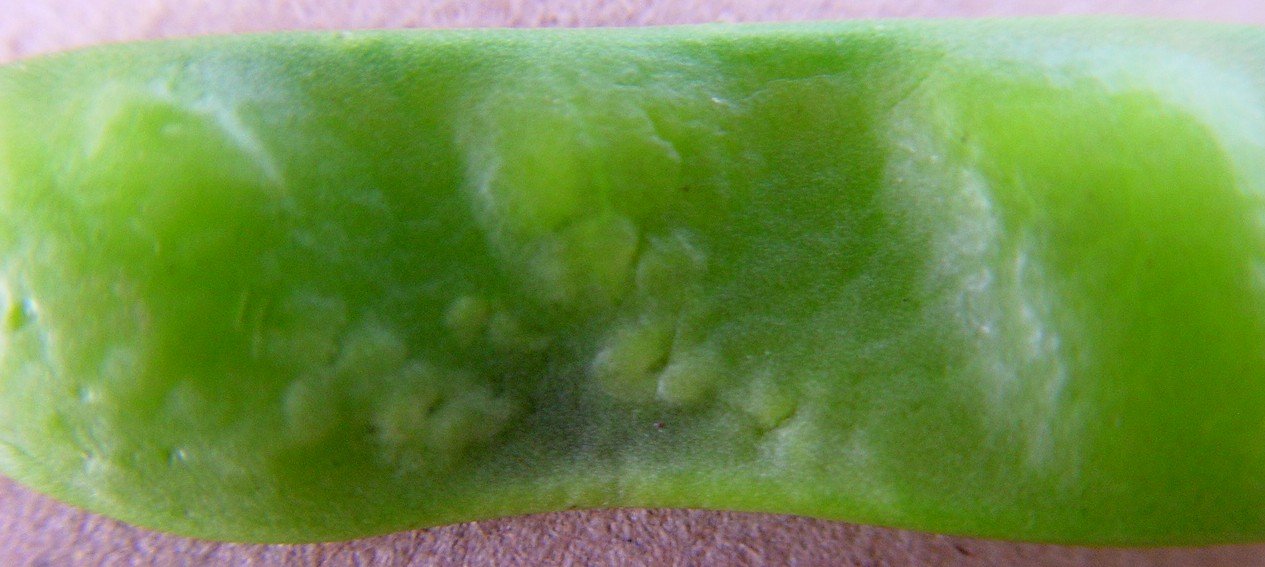(Sericothrips spp, Frankliniella occidentalis, and Thrips tabaci)
Credits:Biovision-Infonet

(c) A.A. Seif

(c) A.M. Varela, icipe
Thrips suck plant tissues causing withering of the plant. Infested parts show silvery white discolouration. Thrips feeding on pods cause tinny scars and blemishes. The damaged pods may not be noticed at harvest, but scars become more visible during post harvest transport to market. Thrips damage lowers the market value of snow peas and sugar snaps (which are eaten as pods) and may lead to rejection. Their feeding punctures may also be a point of entry for disease-causing fungi such as Ascochyta. Thrips are difficult to control since they often migrate into peas from surrounding vegetable crops and weeds.
What to do:
- Conserve natural enemies. Anthocorid bugs and predatory mites are important natural enemies of thrips. Avoid use of of broad-spectrum pesticides that kill natural enemies